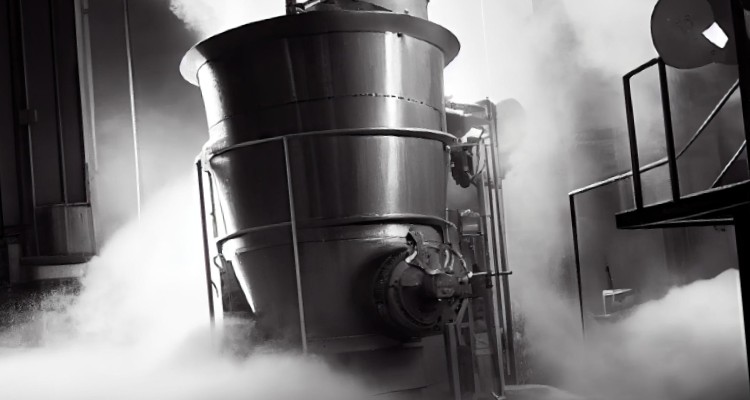One of the challenges of decarbonizing industry is to find solutions that help improve energy efficiency. The use of electric steam boilers is undoubtedly a great ally for industries involved in this transformation process.
The use of electric boilers for steam generation versus fossil fuel-fired boilers can provide significant benefits in reducing emissions, increasing efficiency and achieving greater savings.
Today we will show you the advantages of steam to achieve greater efficiency in heat transfer and achieve better results in industrial processes.
You will also discover why electric steam generators are a 100% sustainable alternative that can help your industry achieve maximum efficiency from a renewable source of electricity.
Energy efficiency: steam as an efficient heat transfer medium
The use of steam as a heat transfer medium stands out for several aspects that make it the best alternative to achieve energy efficiency in industry.
Let’s look at the principles of heat transfer that occur in industrial steam boilers.
Principles of heat transfer in steam boilers
The operation of steam transfer with electric steam boilers is based on the following fundamentals:
Driving
Heat is transmitted through a solid material due to the temperature difference between two points.
In steam boilers, heat is conducted through the metal walls of the boiler to the water surrounding the pipes and the steam drum.
Convection
This heat transfer process converts heat into a fluid as a result of the density differences generated by the temperature difference.
In steam boilers, convection occurs when water is heated and steam is concentrated in the combustion chamber.
In this way, the heat rises to the top of the oven and the cold water descends to heat up again.
This is known as the convection cycle.
Radiation
Heat is transferred in the form of electromagnetic waves from a hot surface to a cooler surface, with no solid material through which the heat is conducted.
In this case, the hot surface generates thermal radiation to other surfaces of the boiler, the combustion chamber and the piping system, achieving total heat transfer.
Boiling and condensation
The hot water in the boiler, when it reaches its boiling point, is transformed into steam. This process absorbs latent heat and generates a higher vapor transfer.
The condensation process consists of cooling the steam, which is converted back to water and can be reused.
Optimization of thermal efficiency in industrial processes
How can companies take advantage of the heat transfer principles of industrial steam boilers?
The use of a renewable source such as electricity for steam generation can have important advantages for optimizing thermal efficiency.
- Performance is improved, maximizing efficiency and reducing emissions
- Industries can achieve better insulation in piping, furnaces and equipment
- Operating costs are reduced
- The steam is reused to restart the heat transfer process.

Benefits of controlled vaporization in industrial processes
The use of industrial steam boilers offers industries the possibility of improving the performance and sustainability of their production processes.
Unlike firetube boilers, which are fueled by fossil fuels and have an efficiency of 70-80%, industries using electric steam boilers can reduce the carbon footprint of their boilers and reduce the carbon footprint of their plants.
In addition, a sustainable model based on renewable energy can be achieved , with an energy efficiency of 99%.
Minimization of energy losses
By using proper piping and insulation, steam can be better utilized as a heat transfer medium.
2. Maximization of waste heat utilization.
The steam circulates through pipes and ducts achieving an efficient and uniform transfer throughout the system, avoiding hot or cold spots that could result in equipment damage.
3. Emissions reduction and carbon footprint
The steam can be condensed and recycled, which helps to better conserve energy, so it can be very useful for industrial applications where cost optimization is required.
It is also key to reducing emissions and carbon footprint in the industry.